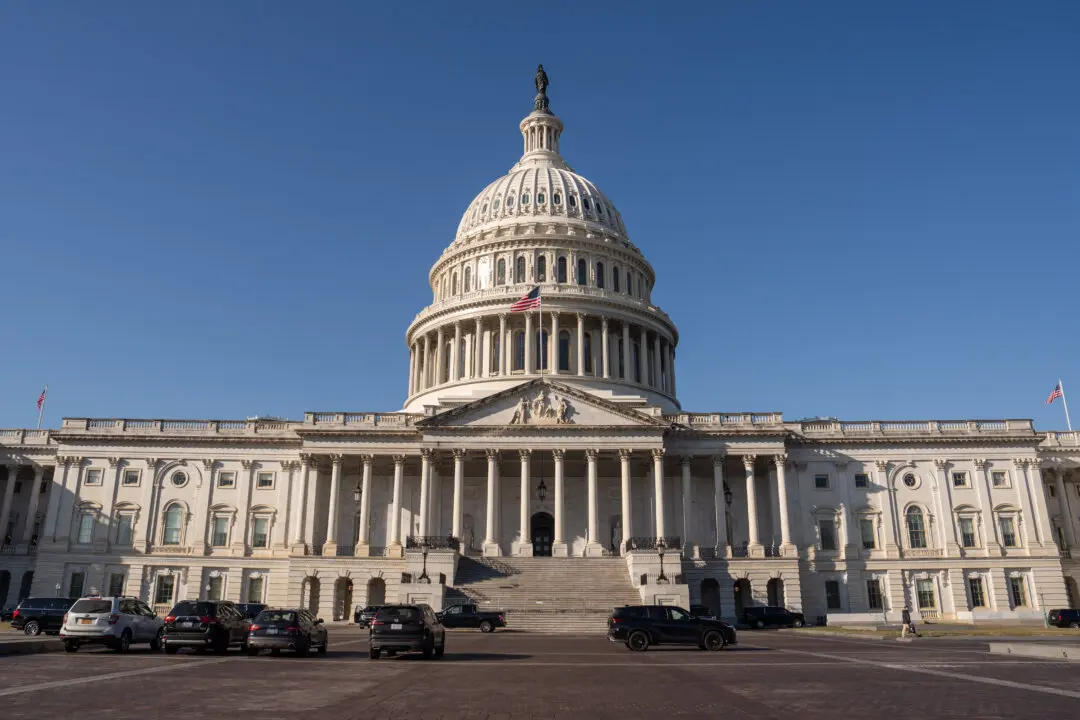China’s military planners publicly proclaim the Chinese Communist Party (CCP) will be the world’s dominant military power by 2049, and the first step in that ascension is controlling the South China Sea to incorporate Taiwan, by force if necessary, into the Peoples Republic of China (PRC) by 2027.
None of this is going to happen, Secretary of Defense Gen. Lloyd Austin and Chairman of the Joint Chiefs of Staff Gen. Mark Milley told the House Appropriations Committee’s Defense Appropriations Subcommittee during a marathon March 23 hearing on the Biden administration’s $863 billion Fiscal Year 2024 (FY24) defense budget request.





